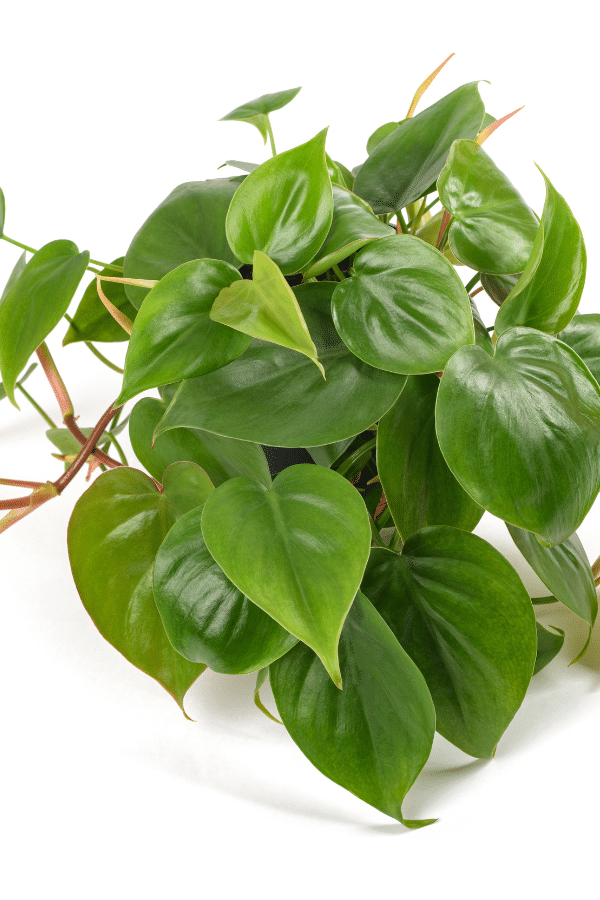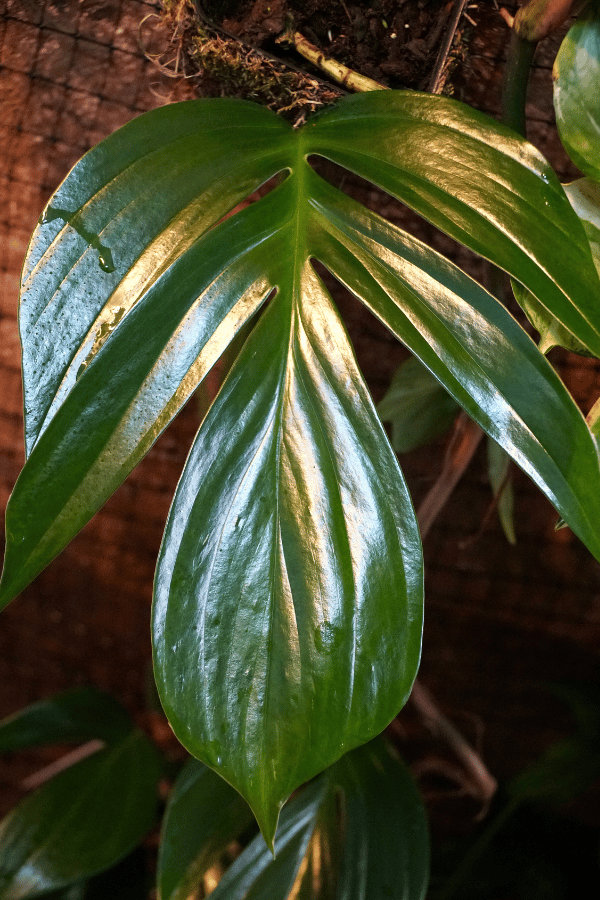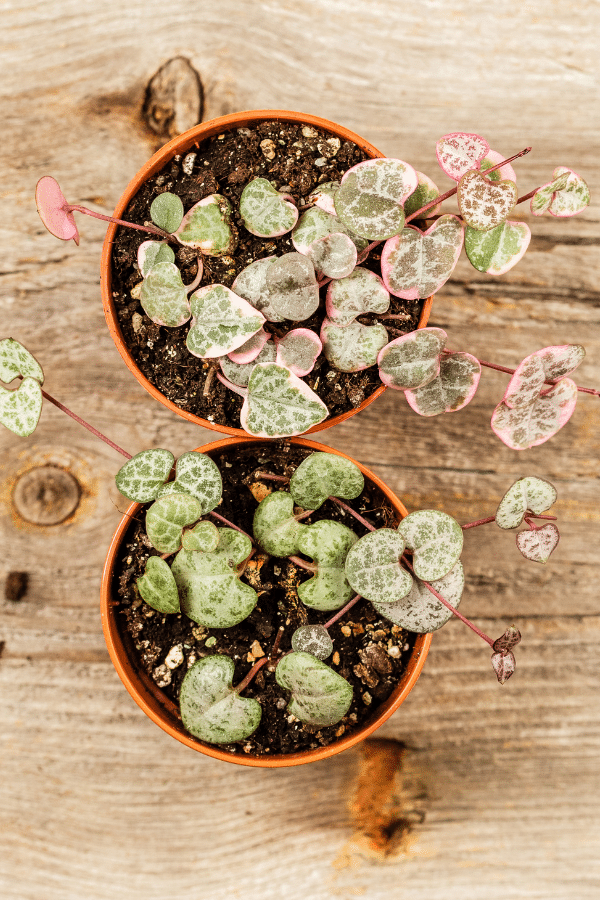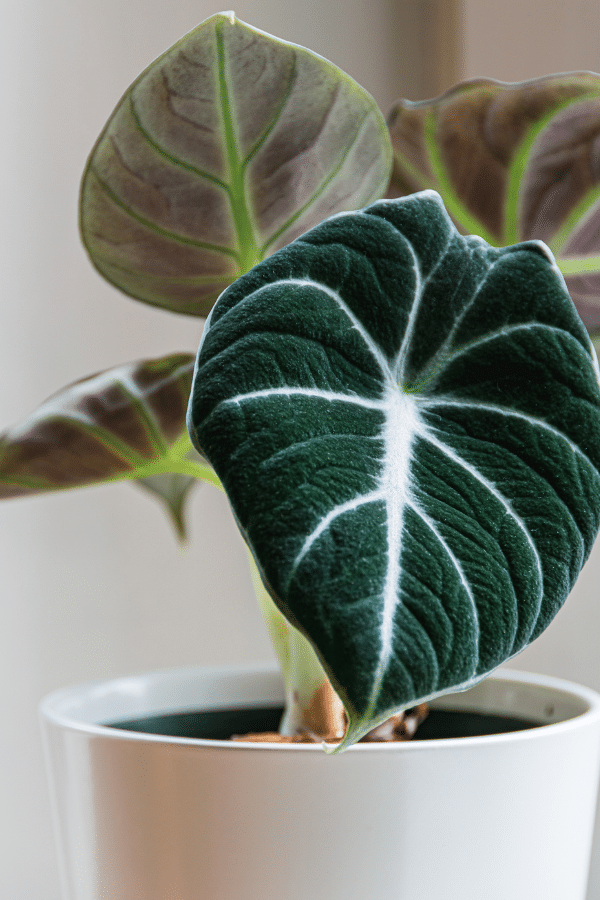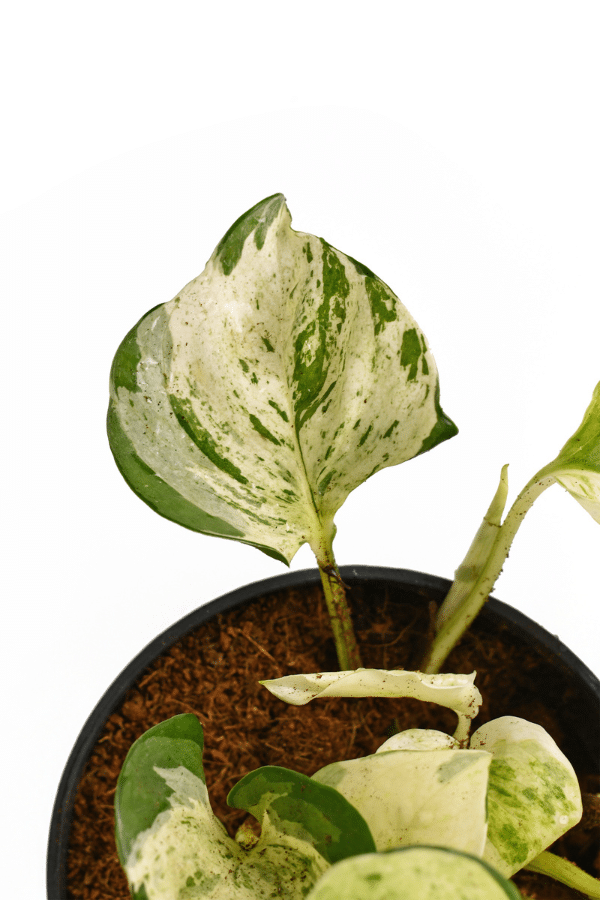Pilea Depressa (Baby Tears)
Scientific Name: Pilea Depressa
Pilea Depressa care is an easy Pilea to grow and care for. If you are looking for a trailing and thick houseplant, then a Baby Tears plant may be for you.
To give this Pilea plant the best care, it requires well-draining soil, water the plant when the top inch of inch of the soil feels dry, provide it with bright indirect sunlight, temperatures ranging from 60-80F, and high humidity levels.
Quick Care Overview
| Common Name | Baby Tears |
| Scientific Name | Pilea Depressa |
| Family | Urticaceae |
| Origin | Mexico |
| Growth Rate | Medium |
| Identification | Tiny scalloped bright green foliage |
| Height | Up to 6 inches tall |
| Soil | Well-draining soil |
| Water | Water when the top inch of soil is dry |
| Temperature | 60-80F |
| Sunlight | Bright indirect sunlight |
| Toxic to Cats & Dogs | No |
| Toxic to Humans | No |
| Pests | Whiteflies, aphids, scale |
| Diseases | Root rot |
Below we will dive deep into this Pilea Depressa care guide.
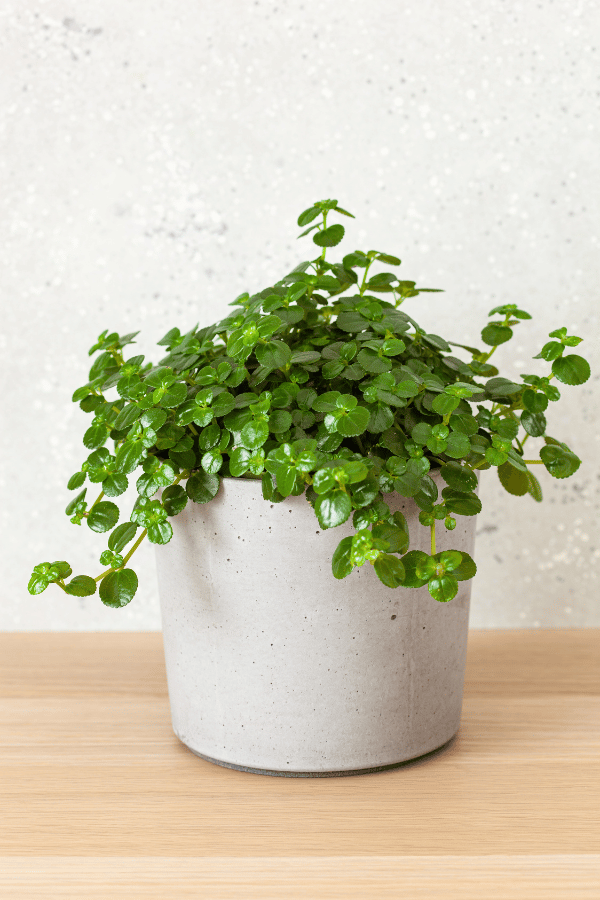
Pilea Depressa History
Mexico native Pilea Depressa, also known as Baby Tears, Corsican Creeper, Paddy’s Wig, Pollyanna vine, Jacob’s Tears, and Mother of Thousand, is a lovely trailing indoor houseplant that has gorgeous green ruffled foliage attached to slender stems. This stunning tropical plant has clover-shaped foliage that will appear upon a trailing vine. This plant is perfect for terrariums or hanging baskets due to its cascading growth habit.
Pilea Depressa Identification
Pilea Depressa may be identified by its tiny, bright green scalloped foliage attached to soft trailing stems. This Pilea has a groundcover growth habit and looks wonderful when grown in a hanging basket where its foliage is allowed to cascade over.
Pilea Depressa Growth Facts
Baby Tears can quickly grow into a quick mat if provided with consistent moisture. While beginning as a compact plant, it will soon spill over in all directions if given proper care.
How Big Does a Pilea Depressa Get?
Pilea Depressa can grow to 6” tall and will cascade over the pot.
Pilea Depressa Care
Pilea Depressa, if given plenty of moisture and humidity, will quickly turn into a thick mat or a plethora of long trailing vines. This plant is not drought-tolerant and will dehydrate quickly if it is not given sufficient water.
Pilea Depressa Soil
Pilea Depressa will prefer to be grown in a growing medium that is light and well-draining but also able to retain moisture. A tropical substrate such as an ABG terrarium mix will be perfect for this Pilea.
Pilea Depressa Fertilizer
Pilea Depressa will appreciate being fed from a balanced, liquid fertilizer indicated for houseplants monthly during the warm growing season of spring and summer. Follow all label instructions and be careful not to overfeed. Fertilization should be halted during the fall and winter, as this may quickly lead to overfertilization and chemical burn.
Pilea Depressa Watering
Pilea Depressa will enjoy being regularly watered. This tropical plant regularly has high watering requirements. However, overwatering can also become an issue. You should rewater your Pilea after the top inch of soil has dried. Watering frequency may be reduced in winter or if your plant is grown in low-light conditions.
Pilea Depressa Light Requirements
Pilea Depressa will enjoy being grown in bright indirect light. However, it will tolerate lower light conditions. You should avoid placing this Pilea in direct sunlight, as this may easily lead to scorching. Additionally, direct sunlight is a surefire way to allow this plant to dry out too quickly.
Pilea Depressa Temperature & Humidity
Pilea Depressa, being a tropical plant, will appreciate being grown in warm, humid environments. Therefore, keep your Pilea in warm temperatures between 60-80 degrees Fahrenheit. Keep in mind that your Pilea is quite sensitive to fluctuations in temperature, and should be kept away from heaters, AC units, vents, and cold windows. Additionally, this Pilea will grow best if kept in high humidity levels between 60-90%, making this plant well suited for terrariums. You may boost the growth of your Pilea Depressa by installing a humidifier or pebble tray.
Repotting Pilea Depressa
Your Pilea Depressa will only need to be repotted every 2-3 years. Alternatively, you may choose to simply refresh the soil. Repotting should be done, ideally, in spring. You will know you need to repot when roots are seen sticking out from the topsoil and out of the container’s drainage holes. Select a container that is 1-2 inches larger than the previous one.
Pilea Depressa Maintenance & Pruning
You will want to prune your Pilea regularly, as it can quickly grow out of control. Periodically remove any dead, discolored, or diseased foliage using sharp clean shears. You may choose to cut back trailing stems and prune to clean up the appearance of your Pilea.

Pilea Depressa Propagation
Pilea Depressa may be easily propagated through stem cuttings. To propagate, select a piece of stem that is a few inches long and contains at least one root node. Next, place your cutting(s) into water. Roots should appear within a few weeks.
Pilea Depressa Toxicity
Toxicity to Humans
Pilea Depressa is considered non-toxic to humans, making it an excellent choice for those with small children or pets who are concerned.
Toxicity to Cats & Dogs
Luckily, Pilea Depressa is considered non-toxic to cats and dogs. However, you should avoid allowing your pet to ingest this plant, as it may cause permanent damage to your plant.

Pilea Depressa Problems
Pilea Depressa Leaves Turning Yellow
Yellowing foliage of Pilea Depressa often indicates overwatering, underwatering, lack of nutrients, or lack of sunlight.
Pilea Depressa Leaves Turning Brown
If the foliage of your Pilea turns brown, this is likely due to underwatering or too much direct sunlight.
Pilea Depressa Diseases
Pilea Depressa is not prone to any particular plant disease. However, they may suffer issues related to overwatering, such as root rot. Ensure that you do not overwater your Pilea or allow it to sit in excess water within the plant container’s drainage tray.
Pilea Depressa Pests
Pilea Depressa is known to be prone to infestation from whiteflies, aphids, and scale. If you notice your plant has an infestation, isolate your plant, and treat it with a pesticide such as neem oil or insecticidal soap.

